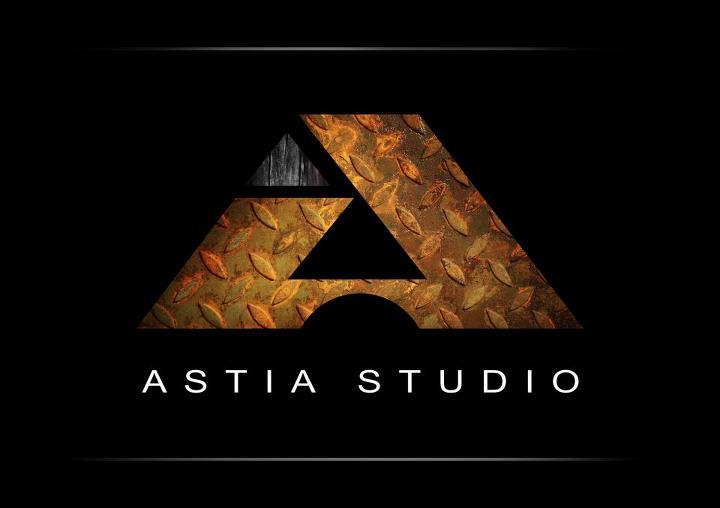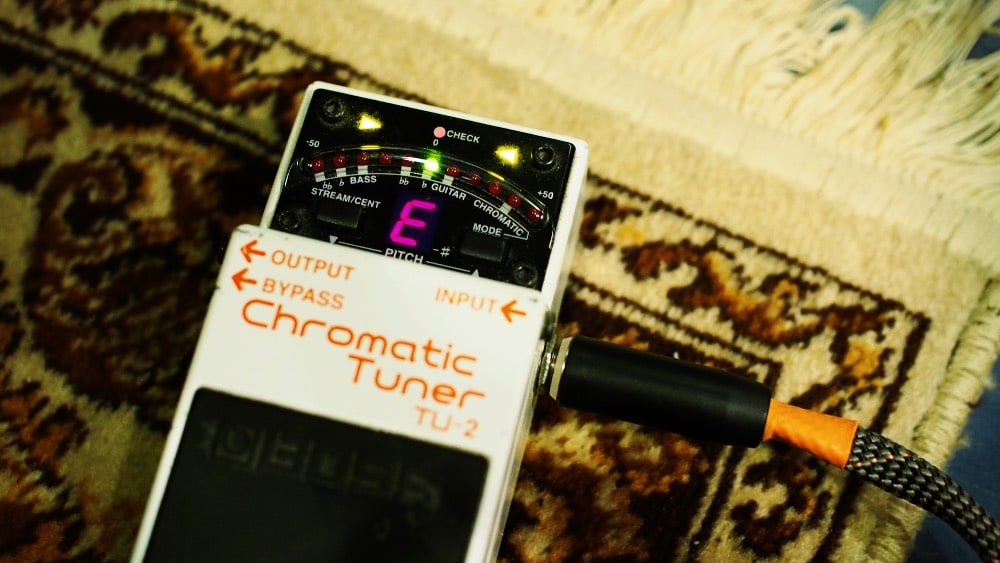Improve The Tuning Of Your Guitar, pt 1 – The Tuner May Cause Issues
As a guitar player you surely must know how hard tuning a guitar can get. Enter the tuner to save the day, yet sometimes it may be the opposite. With this series I hope to help you with tuning-related issues, as I share my studio and live experience from the past quarter of a century. So let’s improve the tuning of your guitar, part 1 – The tuner may cause issues.
Guitarist, recording engineer and bass player will benefit from reading this blog post. You will learn how to avoid an annoying tuning-related problem.
Improve The Tuning Of Your Guitar, pt 1
– The Tuner May Cause Issues
Can you get too many tips about guitar and especially the tuning? I definitely think it’s not possible as everyone wants their instrument to be excellent also when it comes to the tuning. A detuned guitar at the live show or on an album is annoying and usually worsens the performance. But the more you know, the better your chances to avoid detune.
Back in my teens at the band rehearsal we didn’t have a tuner of any kind. At the start of each rehearsal we tuned our instruments to whichever instrument sounded the most in tune. Nowadays such activity is almost ridiculous as anyone can get a tuner app on their phone.
You too must have seen and used a vast amount of tuners. There’s pedals, rack versions, built-in, clips that you put on the headstock and mobile phone applications. At some point I had a plugin tuner at the corner of the DAW window which was every guitar player’s nightmare.
Special Tunings In Studio
With the heading I do not mean to tune the guitar with open tuning. Instead I want to share with you a problem and the solution I’ve been bumping into. Then again, the guitar tuning has always caused the most issues especially during the recording. But now there’s an interesting phenomenon which has everything to do with a tuner.
I recorded a band that’s popular on the radio. After completing the basic tracks we were about to start recording the guitar. Even though the tuning wasn’t exactly spot on, the tuner still showed the green light. As I have learnt to trust my ears the most, the tuner-behavior raised questions. When it comes to audio, you too should always listen rather than look.
At first I thought the culprit was as described on The Coolest Tuning Tip Ever, part 1 blog post, dirt stuck underneath the strings. I was almost ready to bet on the fact that cleaning the strings would solve this problem. But no dice. Even after cleaning the strings the ear said there was something wrong with the tuning. The guitar still conflicted with the already recorded bass track.
Soon I noticed the guitar player using a tuner that I had no previous experience with. I got my loyal Boss TU-2 tuner, the same brand and model the bass player of the band had. Lo and behold; according to Boss the guitar was slightly detuned!
We started comparing the tuning using several tuners from different manufacturers and to our surprise there was a difference between some. And yes, they were set to the same 440 Hz pitch. And despite that one showed all green while the other indicated that the tuning was slightly too low.
Choose The Tuner Wisely
Since then, I’ve made sure that during the session we’ll use just the same model tuners by the same manufacturer. This minimizes the possibility of detuned guitar. Then again, one could easily think that this was just a one-off case. Yet the problem has occurred on several sessions.
Some time ago I recorded a band where the bass player had a Boss TU-3 and both guitar players used a tuner from another manufacturer. When recording the basic tracks I noticed a slight detune. This was before I’d inspected the pedal boards. As the bass player locked perfectly in with the drummer we soon got to continue with the guitar recording.
The hunt for what was causing the detune lead us to the same suspect. After comparing the tuners, and continuing to use legal terms; there was no room for any reasonable doubt. We ended up using the Boss tuner for all instruments and that made the tuning problem disappear.
Here’s another pro tip that I regularly use. Check the tuning of not only the guitars and bass but also the keyboard as well. It’s actually pretty often that we have to tune the keyboard depending on the sound. Different sounds can be a bit too low or high despite of what you have set from the global settings. Please make sure to also check the keyboard tuning to minimize the issues.
The Tuner Causes a Nightmare
The group mentioned at the beginning told me about an earlier incident that took place in another studio during a single recording session. At the beginning of mixing both the producer and vocalist/guitarist were astonished as there was something strange going on with the tuning.
They narrowed the problem down to the guitar tracks, but couldn’t quite put their finger on the cause. So the only option was to stop mixing and re-record all guitars by the only band member present. How depressing to do all the work twice and then in the end someone always has to pay for the extra hours. You can only imagine the amount of frustration when you have to re-recording parts that you and the other guys already completed.
This could have been avoided if they’d known that the tuners they used did not match. So please be careful also when using a tuner. If your bandmates use different brand tuners, I highly recommend you to make this simple test.
- Make sure that the tuners are set to the same pitch – usually 440 Hz
- Tune your guitar using a tuner
- Check the tuning using another tuner
- Is there a difference between the tuners’ reading
Make sure to hit the strings with equal power. Please do note that the possible difference can be very very slight. To spot it you need to be fully focused. Then again, there are many brands and models that match perfectly.
Improve The Tuning Of Your Guitar
To avoid this problem, please use the same brand and model tuner among your band members. If you have tuners by different manufacturers, please check them properly to make sure there’s no issues.
Nowadays I recommend using a 432 Hz tuning. Yet, that can be out of scale for some tuners. If this special tuning intrigues you too and you are about to get a new tuner, please make sure it is compatible with 432 Hz pitch.
From the bottom of my heart I hope this writing will help you avoid the treacherous issue some tuners can have. A better tuning keeps you more positive and makes life easier.
Thank you for reading the first part of my series about guitar tuning. This time the culprit turned out to be the difference between tuners. If this post was helpful, please share it on social media. This way you will help your friends to benefit from the information.
To reserve a full analog tape recording session with me at Astia-studio click here and let’s continue the discussion. Thank you very much and all the very best!
Read more of my guitar-related blog posts:
- How To Improve Guitar Sound pt. 1
- The Coolest Tuning Tip Ever pt. 1
- Avoid This Common Mistake When Recording Guitar
Astia-studio is a full analog recording studio located in eastern Finland with 25 years of experience. Bands and artists from all over the world including USA and the furthest corner of Russia, Vladivostok have arrived to us for tape recording sessions.








08/01/2020 @ 10:20 am
Why use 432hz? We play standard c, at 440hz. Genre is stoner, doom, heavy, psych. What is your experience with 432hz other than the hazzle of tuning synth and other stuff?
08/01/2020 @ 11:05 am
Hi Mikkel and thank you for the comment. I have done several sessions using 432 Hz. Based on my experience, the difference isn’t that significant if you record on computer, but if you work with tape the music not only sounds but also feels better. The difference, yet a bit reduced, is there also after converting the tape session to digital. After countless comparisons I made the transition to tape recording only and 432 Hz is something I want to explore more with the bands who visit me. You can find audio examples on some of my blog posts. All the very best and thanks for reading my blog. ??